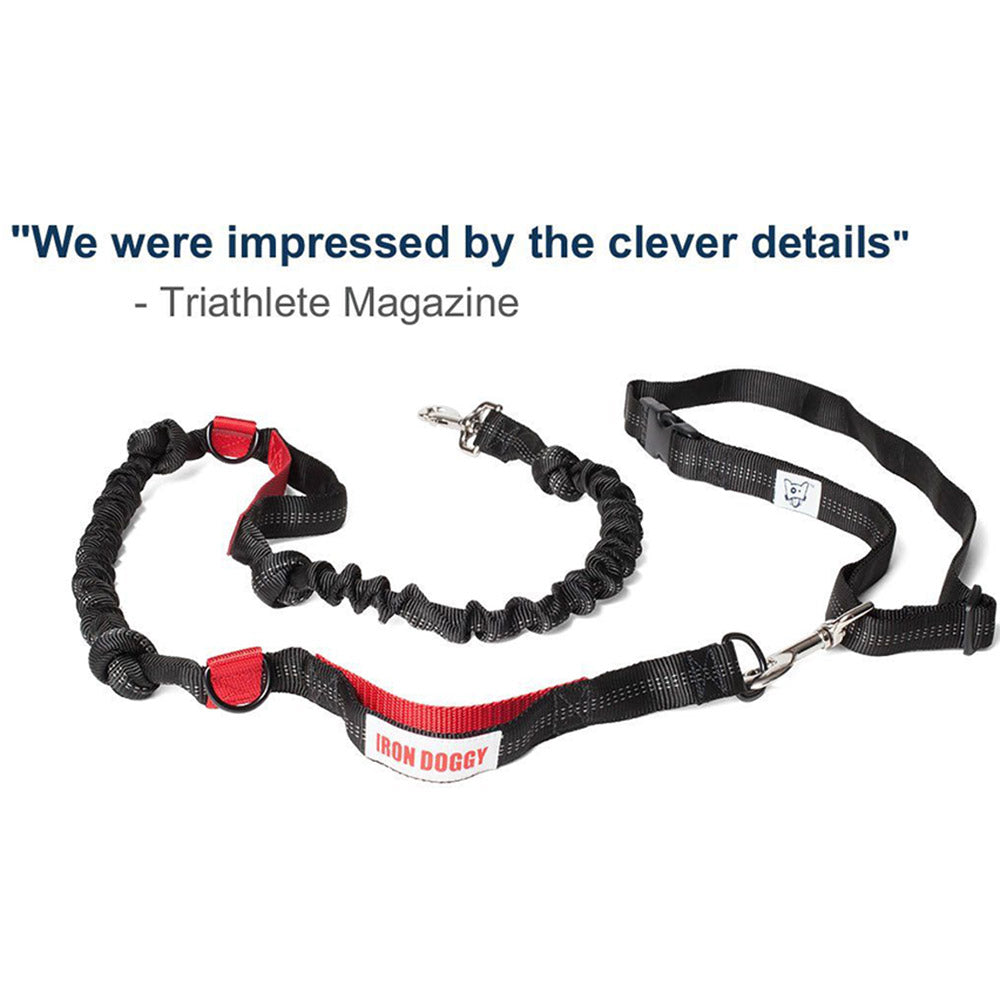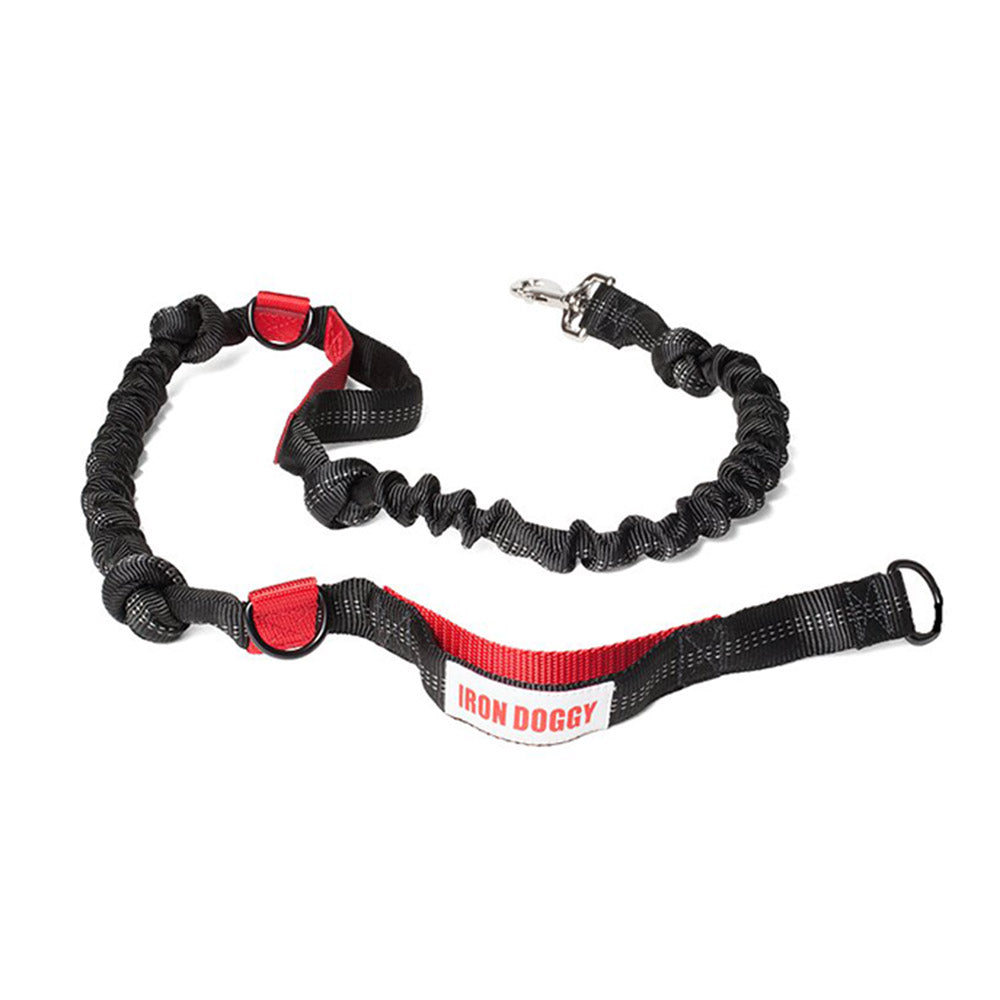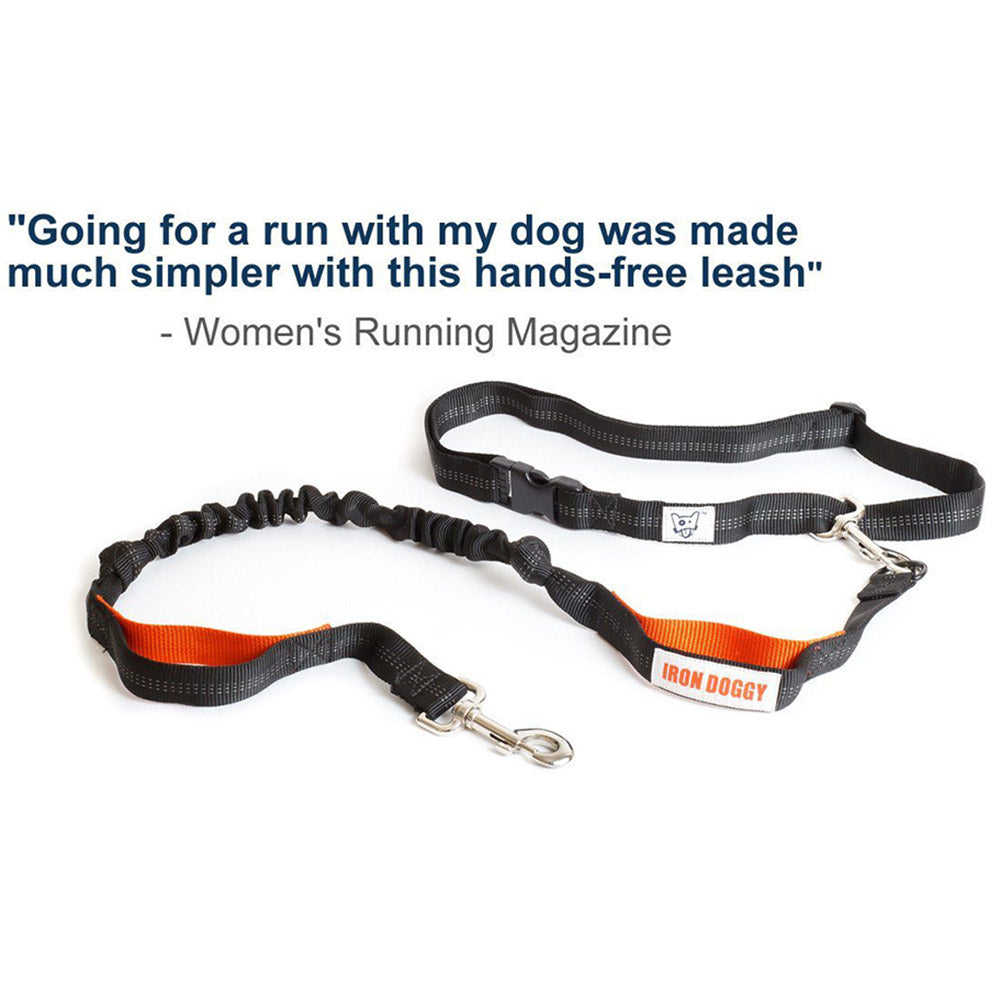
We are starting Zola’s official “Get Back to 100%” training program, so we thought it would be prudent to determine if she has enough protein in her diet. Little did we know that we were taking on such a complex topic. There is a ton of information out there about high-protein diets, protein for athletes, protein for dogs, animal nutrition, dog food, and more. Wading through it to answer a few simple questions turned out to be a lot of work, here’s what we learned ….
Why focus on protein?
We made an assumption that because she was largely immobile for 3 months, she inevitably suffered muscle loss. It was an educated guess, but a good one. According to Michael O’Leary, a doctoral student in York’s School of Kinesiology and Health Science, a week of total muscular inactivity can cause 24 percent muscle loss. His research was on humans, but we suspect that something similar happens with dogs.
Our next assumption was in order to regain her muscle mass; she required two things: 1) increased exercise (e.g. we're back to training with the Iron Doggy™ running leash) and 2) the proper amount of protein in her diet. Right again. Studies show that a high protein diet, without exercise, won't significantly build muscle. Training on a diet lacking in protein won't either.
While we had a pretty good idea of how to set up an exercise program for our dog, determining her protein needs was completely foreign territory.
How much protein does this doggy need?
Luckily, finding a formula to calculate protein needs for a dog wasn’t too daunting, in her post “How Much Protein Do Dogs Need?” Kelly Schaub estimates 2 grams of high-quality animal protein per kilogram of the dog’s body weight is required per day. For our dog, it pans out like this:
55 lbs (25 kilograms) * 2 grams = 50 grams of protein / day
Of course, this formula is a starting point, each dog’s protein needs differ based on age, health, activity level, and a host of other factors. Nevertheless, we like formulas and this gave us a starting point for gauging her protein needs.
Do canine athletes require extra protein?
Based on our own experience training for endurance sports, we suspect that our dog might require extra protein. According to Dr. Robert Gillette, athletic dogs require extra protein to repair the damaged that exercise inflicts on the tissue. Additionally, dogs that participate in endurance sports use extra protein as an energy source. We found estimates ranging from 25 to 35 percent additional protein can be required in the diet of an athletic dog.
Using our original estimate of 50 grams of protein per day, we now are adding 25% to the calculation:
50 grams / day * 1.25% = 62.5 grams of protein / day
How much protein does she currently consume?
Looking at the nutritional information on the dog food label seems like a reasonable place to start. The makers of her current dry dog food, Innova, suggests the following serving size:
A 50lb dog should be fed 2.1 Cups – 333.64 g, 1,182.74 Kcal/day.
For simplicity's sake, let’s assume that we give her 2.1 cups per day. Additionally, for the “Guaranteed Analysis” the label states that 24% of the food is “Crude Protein." If we use these numbers, her protein intake pans out like this:
333.64 grams * 24% = 80 grams of protein / day
How can this be? Are we feeding her too much protein? It turns out that making sense of dog food labels can be fairly tricky. In Mike Sagman’s excellent article “Why You Must Never Trust Stated Protein Content to Compare Dog Food” he explains that the Guaranteed Analysis on dog food labels fails to account for two things: 1) moisture content, and 2) the quality and digestibility of the protein.
To get to the correct number, he recommends converting the stated protein value to something called “dry matter basis”. This allows a consumer to compare “apples to apples,” so to speak, when looking at dog food labels. To get to this, you must divide the reported amount of protein by the total amount of dry matter (you get to this, by subtracting from 100, the percentage of moisture stated on the label, in this case, 9.5%). Then, multiply the result by 100. Looking at her Zola's food, this is what we see:
24% protein * 90.5% dry matter * 100 = 26.519% protein
Redoing our original calculation for daily protein intake with this new number ….
333.64 grams * 26.519% = 88 grams of protein / day
That brings the number down, but not significantly. It’s only when we look at the quality and digestibility of the food, something called the “biological value,” does it start to make sense. The first three ingredients in her dog food are turkey, chicken, and chicken meal. To keep things simple, we’ll use the biological value (BV) for chicken, which is 79%. That is, only 79% of the protein available from the chicken can be digested by the dog. Considering BV, our new number looks like this …
88 grams * 79% = 69.89 grams / day
Whew! Lot’s of work to get to that number, and we are only vaguely confident that it is right. If it is, then our dog is meeting the original estimate of needing 50 grams/day of protein in her diet. She's also in the range when we add the additional protein needed for canine athletes. Of course, she doesn’t just eat 2.1 cups of dry dog food a day.
We actually give her about 1.5 cups if the Innova Adult Dry Dog Food, plus a mixture of baked chicken, vegetables, and a grain, such as rice or quinoa. She gets a couple of tablespoons of this mixture mixed in with her dry dog food, plus about a cup inside a frozen Kong. Finally, she gets a handful of treats each day, both for training and for being so darn cute. Calculating protein intake is difficult enough using the nutritional information on a dog food label. Trying to calculate it with these additional ingredients proved to be too much.
Is that all?
Of course not. According to Kevin Tipton at the University of Birmingham “other factors may be more important. For example, the timing of protein intake in relation to exercise, the type of protein ingested, other nutrients ingested at the same time, and interactions between these factors all influence the utilization of the amino acids from ingested protein.” In other words, it’s extremely complicated.
In fact, it reminds us of a lot of the guesswork that most of us do with our own diets. Why is the vitamin industry so huge? Maybe it’s because it’s not only difficult to eat well, it’s nearly impossible to know that you are getting everything that you need in your diet. As humans, we have one up on our dogs – we can recognize when we are feeling sluggish, grumpy, or weak. When this happens we might reach the conclusion that we need to eat differently.
Dog’s don’t have this luxury. Our pup has to count on us to monitor her diet. We can start off by doing the dog food math, but in the end, we need to recognize how she’s feeling to really know we’ve got it right.
References
1. Inactivity Leads to Quick Muscle Loss – Thaindian New, 2010 (link expired)
2. Exercise, Protein Metabolism, and Muscle Growth – Int J Sport Nutr Exerc Metab, 2001
3. Sports Nutrition: Can You Eat Your Way to Recovery? – Peak Performance
4. How Much Protein Do Dogs Need? – eHow
5. Feeding the Canine Athlete for Optimal Performance – SportVet.com, 1999
6. Why You Must Never Trust Stated Protein Content to Compare Dog Foods – DogFoodAdvisor, 2009
7. Judging the Quality of Dog Food’s Protein – DogFoodAdvisor, 2010
8. Innova Dog Food (Dry) – DogFoodAdvisor, 2010






